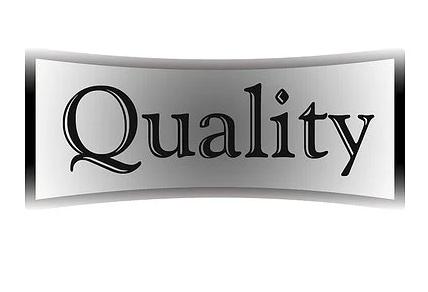There is a tremendous need for high-quality translation in the biological sciences. Although it may seem dramatic, having a properly translated user handbook, electronic device instructions, or other medical documentation can ensure that the product is used in a safe and effective manner. Conversely, poor life science translation has been linked to 483 high-risk occurrences and product recalls, some of which have resulted in death.
In such case, what steps can you take to safeguard your business relationships with translation service providers? Here are some tried-and-true methods you may use to guarantee precision and uniformity across the whole life science translation job.

As a first step, we need to define the language.
Be sure the original language is accurate, since it will serve as the foundation for your translation. The English language, for instance, is home to a wealth of idioms with centuries-long histories, and it’s easy to lose sight of the fact that some of these expressions may defy straightforward translation into other languages.
Before diving into a translation assignment, it’s important to look over the source materials to identify any terms or allusions that are directly connected to other nations. Creating a “pre translation” document that deviates ever-so-slightly from the original text might help you and your translation service partners communicate effectively.
Documents requiring translation into another language will benefit from the establishment of an internal pre-translation style orientation. This is another area where your partnered translation provider may assist you.
Transnationalization of Documentation
Dates, addresses, and phone numbers all have standard formats that apply regardless of language. Things like SSN (Social Security Number), symbols, acronyms, abbreviations, test scores, grading scales, and so on will need to be modified before translation since they are not universal.
Errors and wasted time may be minimized by reviewing the document before translation and highlighting the language of the exact section that needs to be modified.
Know who you’re talking to.
Your translation partner will be better able to decrease the likelihood of errors and increase the likelihood that your translation will connect with the readers if you take the time to define your target at the outset of the project. Teenagers from all over the world, for instance, often use English words in their own language. These phrases don’t need to be translated, and doing so might create confusion for users.
Remember who will be reading your translated work. Ideally, the reading level of patient-centered life science translation materials wouldn’t be higher than that of middle schoolers. Or, medical experts seek to accurately convey the product’s technical terminology in the translated version, making it crucial for them to be fluent in the target language’s technical vocabulary.
Look for a language service supplier that has ISO certification.
When a company receives ISO certification, it shows that its products and procedures have been subjected to and successfully passed independent audits against worldwide best standards and practices. That’s why we’re on the hunt for a translation agency that has earned an ISO certification, and more particularly ISO 17100 (which is tailored to the translation industry). In order to deliver high-quality translation services that adhere to the required standards, translation agencies should pursue ISO certification.
ISO 9001 and ISO 13485 are two more crucial ISO standards. The International Organization for Standardization (ISO) 9001 sets the requirements for quality management system (QMS) maintenance, while the International Organization for Standardization (ISO) 13485 outlines the QMS standards for medical device manufacturers.
Prompt your translation partners with questions regarding your quality management system
When it comes to quality management, translation agencies all operate somewhat differently. Please inquire about the applicable procedure in order to limit risk and decrease product nonconformity before engaging in it. To be a reliable translation partner, a company must be able to describe in detail the steps it takes to maintain the project. Please consider the following questions:
-How extensive do linguists’ prior works need to be?
-Do any of your translators have backgrounds in life sciences (medicine, biology, chemistry, etc.)?
-About how many translators will check their important documents?
-What kind of translation memory tools (glossary, glossary, etc.) do you employ?
-Is your ISO certification up to date?
Stop being in such a hurry!
In all stages of translation, accuracy must be prioritized. When things are rushed, errors happen, and fixing them might be expensive or take a lot of time. Every iteration of the translation process should be followed by a careful assessment to ensure that all of the important nuance has been preserved and any errors have been fixed.
If you want your translation to be as accurate as possible, the last step is to go through a rigorous quality assurance process.